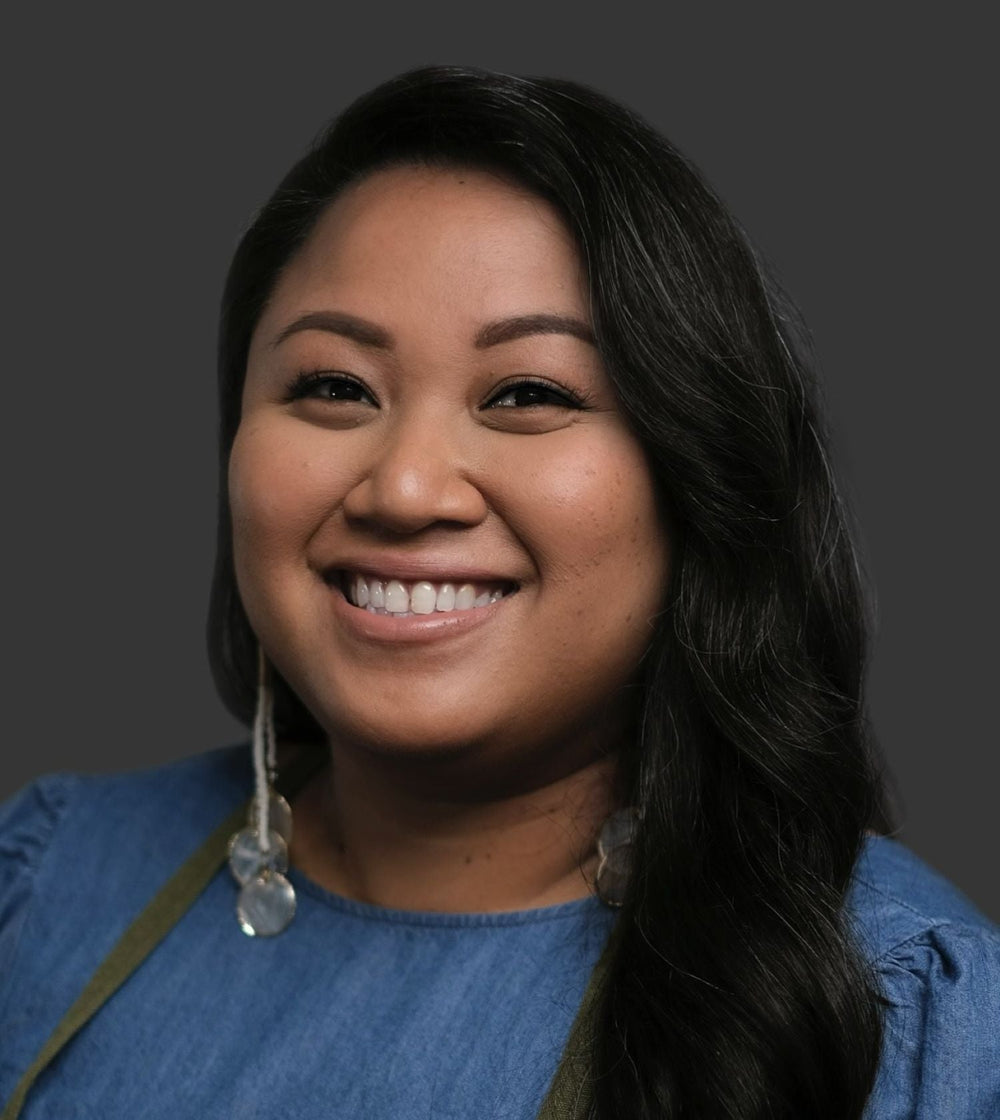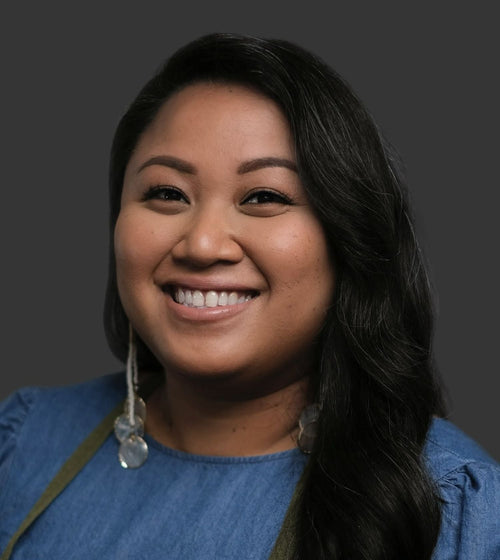
Arizona is not-so-quietly carving out its place as a premier culinary destination in the U.S. And Tucson is right at the center of this renaissance.
Chef Roderick LeDesma is making moves out in the desert. He was recently named Best Chef in Arizona by Industry Recruiting and dish by dish is building up Tucson as a culinary force. With access to all the verdant bounty of local farms, an Intro Somm status and a gig as Chef de Cuisine at PY Steakhouse – Roderick is just getting started
We sat down with him for Spiceology’s Periodically Inspired interview series that dives deep into a chef’s creative mind, habits and nature. Read the full interview and get to know Roderick below:
When did you first find a love of cooking?
“My mom taught me how to cook when I was very young. I remember sitting on the counter making chocolate chip cookies, that was the first thing she taught me to make. . It was fun, and I would watch PBS cooking shows all the time – I was just always really intrigued by cooking at a young age.
Then in high school I started working in restaurants doing the typical jobs at that age: washing dishes, hosting, bussing. I went to the University of Arizona as a Psych major and the year before my senior year I watched Ratatouille. And that was it – I was done. I dropped out and went to culinary school.”
People around you, music, books, travel – where do you find inspiration when you create new dishes?
“It comes from all over; I watch a lot of cooking shows, also cookbooks, Instagram, and the product or ingredient itself. When you get something really beautiful you want to treat it properly. I want to play off of it, not hide it.”
What’s your dish ideation and creation process?
“I don’t know if I have a process, I’ll do it differently for different things. I can say I have way too many notebooks full of ideas that I think about randomly. But I’ll just go in and look at what’s coming up – what local farmers market ingredients do I have, I’ll look at what’s in season. Then I’ll start ideating from there. I’ll ideate on the process: maybe I’ll do something fermented, cured, smoked, etc- once I decide on the process I’ll then determine how I’ll use it in the dish.”
How do you approach plating a dish? Do you consider plating an art?
“Yeah definitely, plating can completely be an artistic expression. My plating style varies, it’s inspired by the dish. You eat with your eyes first, and when I’m eating out, I want something I wouldn’t make at home, so, I want the same experience for my guests at the restaurant. I want them to be blown away and put in on the ‘Gram, but the taste needs to be there first and foremost
I try to put a lot of effort into plating and I’ll plate a dish a few times before I get it right. And my plating changes – sometimes a dish is on the menu for a month and then I’ll change the plating up.”
Where are places you visit or what are things you do if you’re ever in a creative block?
“Sometimes when I’m like, “Shit, I’m stuck,” I’ll watch movies and shows and even rewatching them will inspire me. Also talking with other friends that are chefs and really passionate about it.”
What advice would you give a chef still in culinary school?
“Be a doctor (laughs). We do culinary student tours, and I’ll say – make sure you really want to do this. It’s a hard profession, but if your heart’s in it – your crew becomes your family. You find really close friendships and bonds in a kitchen. But you have to accept the lifestyle and realize you’re going to miss out on holidays, birthdays, etc. But, then you find all that passion and joy, it brings something out in you. And if you’re built for this lifestyle it’s super rewarding.
Also, read. Absorb as much information as possible. And if you think you’re doing something really well, just wait and see how your perspective might change.”
How do you experiment with flavor?
“There are those rules like no cheese with fish. But you shouldn’t restrain yourself because some things could work. Yes, some flavors just work together and you go to those by default, but I try to experiment, especially with fermentation or other processes that can really highlight or change the flavor.
Fermented foods have deeper, broader flavors, like a fermented tomato – you’re tasting each and every step of the way, and the flavor changes. I’ll do fresh tomatoes with fermented water – I’m showing where it was to where it went to.”
Do you feel competitive with other chefs?
“Yeah, every chef is competitive. We all have egos. You do want to be better, but we have a very close chef community here. We’re close, we share ideas, but you still want yours to be the ”best” and what gets everyone excited. You want to do something that’s different and will impress. When we’re all doing a collaboration dinner, you want to impress each other. I’m always entering Chefs Roll competitions or other online ones and have won a couple. I also have done local cooking competitions like Tucson Iron Chef and Tucson Knife Fight (which I won). But, the rush of competition is just fun. .”
What’s a spice you consider under-valued?
“Salt and pepper. There are so many different flavors of salt, and they all can be used for specific things. Finishing salts are great accents on a dish as well, they can have great minerality or smoked or even texture. Also, onion powder and garlic powder. You try to find cool and unique spices, but onion and garlic powders are in almost everything, they should be defaults.”
How do you see hospitality restaurants operating in 2022?
“Hopefully everything starts to get better. Everyone around the world is struggling with staffing and getting stuff from producers/shipping delays. I’m hoping those aspects clear up. Also, paying more competitive wages for kitchen staff should continue.t will develop stronger cooks and stop the turnover rate. If you’re able to grow and develop as a chef, you’ll stay longer.”
You have a few Harry Potter tattoos. What Harry Potter character would you invite to a dinner party?
“Fred and George. They’d be coming as a pair and they’re just so fun. It’d be a blast.”
What’s one of your favorite ingredients to cook with and why?
“That one is hard. I just like cooking (laughs). It might be a cheating answer, but produce or whatever comes in that week. Every week we get things from the farmers market, and usually, I don’t even know what I’m getting. The farmer’s will throw in a surprise or two and it’s just fun to see what’s new or different. Vegetables are the star of the show, they make everything shine.”
What’s a technique or trick you learned in school or along the way that even home cooks could use?
“Rolling garlic on a silicon mat is a great way to quickly peel it!”
Talk about your Intro Somm status? What’s a wine region you’re currently excited about?
“I got the Intro Somm through the Court of Master Sommeliers. I was going for the next level – certified, but then Covid hit. I want to learn more and it’s never going to hurt my career to learn other aspects of this industry. I just love wine in general; Rosé is awesome and it doesn’t get enough love. It’s perfect for the warm weather out here. We also have the Arizona wine country outside Sonoita; it’s really unique and fun to do.”
What do you consider a chef’s role to be in a community?
“Educating. I like to have people try things they’ve never had before. New ingredients and techniques, and I like to come into the dining room and talk to the guests. A tasting menu is a great opportunity to wing a dish and teach the guest. I’m able to go tableside and talk through the process, it adds to the experience. People should know about their food and where it comes from. A lot of work went into what’s on your plate.”
What would you consider a defining trait of the Tucson food scene and chef community?
“It’s defined by its level of camaraderie; almost everyone knows each other. We’re all friends. We’re a UNESCO City of Gastronomy with a dinner series put on by The Gastronomic Union of Tucson and the Tucson Knife Fight that brings in money for foodservice nonprofits. Everybody tries to push to be better. We want to make Tuscon a culinary destination on the foodie spectrum.”
Favorite dish to cook for yourself?
“A beer (laughs). I do love making pasta even in the restaurant; making fresh pasta is relaxing and comforting. You have to build the flavors – they’re layers of flavor in one pan that you have to develop, you can’t just throw everything into the pan at once and heat it up.”
Favorite dish to cook for friends and family?
“Pasta (laughs). Yeah, I end up making pasta a lot. Also, tacos are almost always default. Set up a taco bar – it’s communal. Or a charcuterie and cheese board.”
What are your breakfast, lunch and dinner restaurant recs when in Tucson?
“For breakfast, well it’ll be more like brunch with mimosas – go to Prep & Pastry. Otherwise get yourself a big breakfast burrito at Tanias 33. For lunch go to Taqueria Pico de Gallo – their tacos are insane and you get fresh corn tortillas made to order. Another good lunch spot is Anello – it’s a tiny place and everything there is delicious. For dinner, head to Reilly Craft Pizza & Drink – it’s a really cool spot with a restaurant in the back and then a beer garden, plus a basement speakeasy, so you’re getting three different experiences in one place.”
Follow Roderick and what he gets up to in Tucson here, or if you find yourself in the southwest, experience his food at PY Steakhouse.







